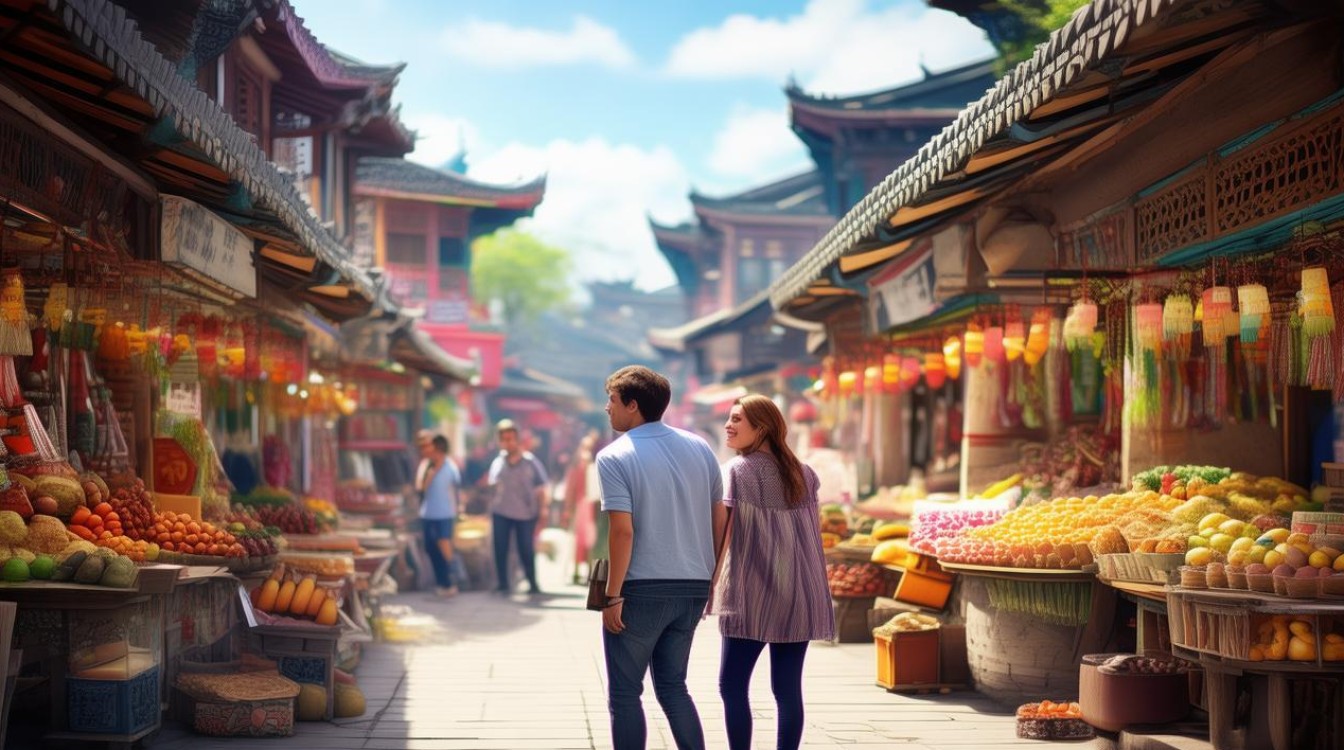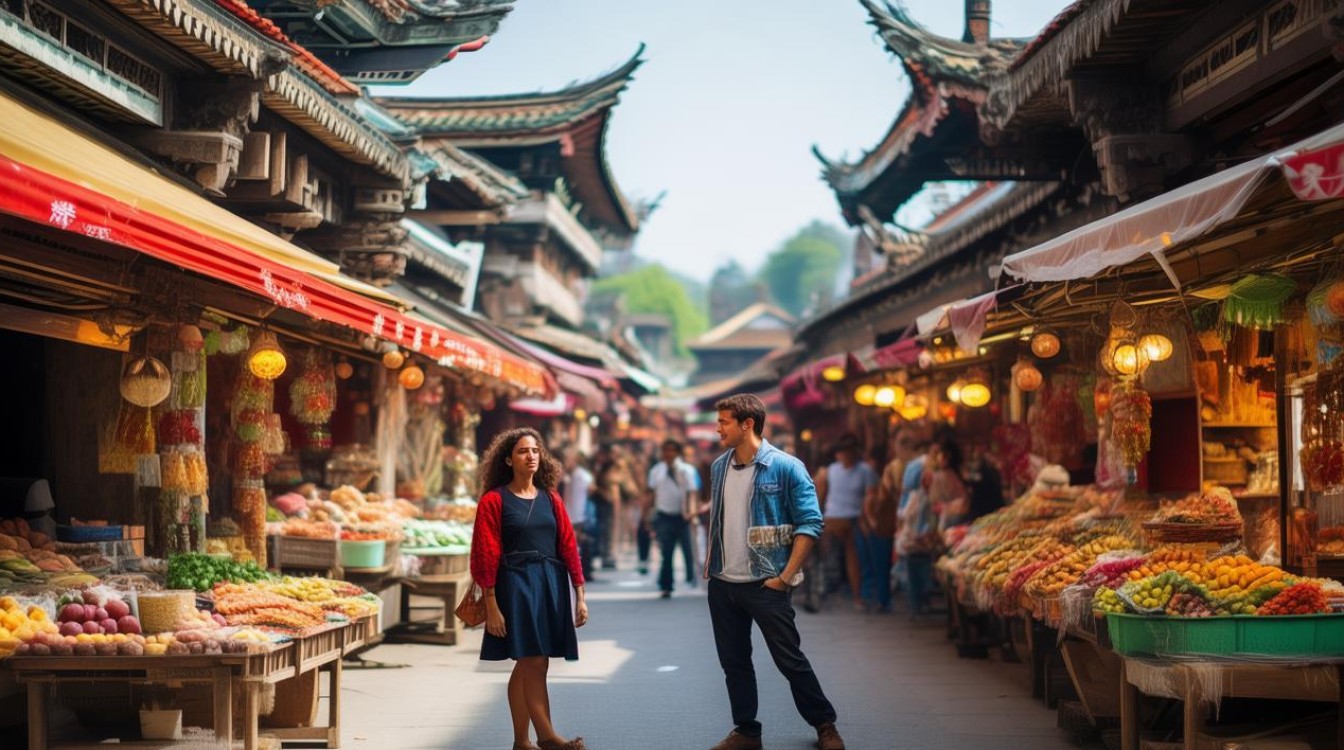Nanning, the capital of Guangxi Zhuang Autonomous Region, is a vibrant city known for its lush greenery, rich ethnic culture, and rapid economic growth. For travelers, expats, or business professionals, mastering English conversations about Nanning can enhance communication and cultural exchange. This guide provides practical dialogue techniques, real-world examples, and the latest data to help you confidently discuss Nanning in English.

Essential English Dialogue Techniques
Starting a Conversation About Nanning
Opening a discussion smoothly requires natural transitions. Here are some phrases:
- "Have you visited Nanning before? It's famous for its green spaces and warm climate."
- "Did you know Nanning is called the 'Green City'? Over 40% of the urban area is covered by trees."
- "What interests you most about Nanning—the food, culture, or business opportunities?"
These open-ended questions encourage engagement.
Describing Nanning’s Key Features
When introducing Nanning, highlight its unique aspects concisely:
-
Location & Climate:
"Nanning is in southern China, near Vietnam. It has a subtropical monsoon climate, with mild winters and hot summers." -
Economy & Development:
"As a key hub in the China-ASEAN Free Trade Area, Nanning’s GDP grew by 5.2% in 2023, driven by trade and logistics." (Source: Guangxi Bureau of Statistics)
-
Cultural Highlights:
"The city blends Han and Zhuang cultures, with festivals like the Nanning International Folk Song Arts Festival."
Handling Common Questions About Nanning
Anticipate and prepare for frequent inquiries:
Q: "What’s the best time to visit Nanning?"
A: "Spring (March-May) and autumn (September-November) are ideal, with pleasant temperatures and fewer rain showers."
Q: "Is Nanning a good place for business?"
A: "Absolutely. The China-ASEAN Expo attracts global investors, and the city’s logistics sector is expanding rapidly."
Latest Data on Nanning (2024)
To provide accurate insights, here are updated statistics:

Nanning’s Economic Growth (2023-2024)
| Indicator | 2023 Data | Source |
|---|---|---|
| GDP Growth Rate | 2% | Guangxi Bureau of Statistics |
| Foreign Trade Volume | ¥148.3 billion | Nanning Customs |
| China-ASEAN Expo Deals | ¥487 billion | CAEXPO Official Report |
Tourism Trends
- Visitor Numbers (2023): 128 million domestic tourists, 1.2 million international arrivals.
- Top Attractions: Qingxiu Mountain, Detian Waterfall, Guangxi Museum.
(Source: Nanning Culture and Tourism Bureau)
Practical English Dialogue Examples
Scenario 1: Tourism Discussion
A: "What should I see in Nanning if I love nature?"
B: "Qingxiu Mountain is a must—it’s a huge park with lakes and temples. Also, Detian Waterfall on the Vietnam border is stunning!"
Scenario 2: Business Networking
A: "How is Nanning’s tech industry developing?"
B: "The Nanning High-Tech Zone hosts over 2,000 tech firms, with a focus on AI and cross-border e-commerce."
Scenario 3: Cultural Exchange
A: "What’s unique about Nanning’s food?"
B: "Try Luosifen (snail rice noodles)—it’s a local favorite! The night markets, like Zhongshan Road, are great for food adventures."
Improving Fluency in Nanning-Related Conversations
- Use Local References: Mention recent events like the 2024 China-ASEAN Expo to show updated knowledge.
- Practice Key Vocabulary:
- "ASEAN cooperation"
- "subtropical climate"
- "ethnic diversity"
- Listen to Local Media: Tune into Nanning Daily’s English section for current topics.
Nanning’s dynamic growth and cultural richness make it a fascinating topic for English conversations. Whether discussing business, travel, or daily life, these techniques and data points will help you communicate effectively. For deeper insights, explore official reports from Guangxi authorities or the Nanning Municipal Government website.

Confidence in dialogue comes from practice—so start chatting about Nanning today!











